1942 – The History & Development of Capcom’s First Hit
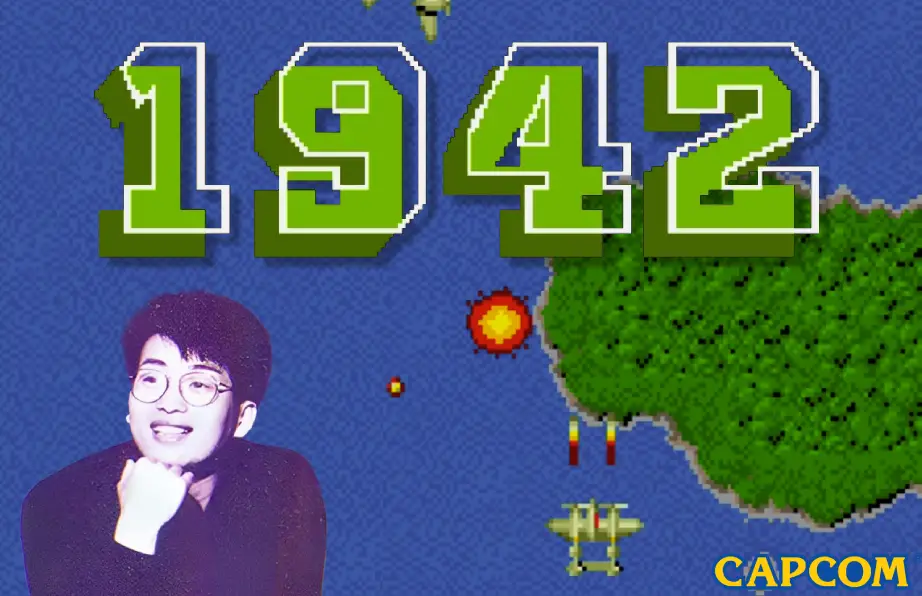
Capcom’s classic, 1942 was one of the first arcade games I ever played. It was located at the front of our town’s small grocery store as a place for parents to plop down their kids while they did some quick shopping. The only other game in the town at the time was Dig Dug in the bar across the street.
But one thing about the game always stood out to me. Not the gameplay, not the graphics…but how and why did a Japanese company make a WWII game that put players in the seat of an American plane set out to defeat Japan?
Early Capcom Before 1942
In 1984, Capcom was hardly a big player in the arcade space. The future biggest player in the arcade space was still a baby, having only started in June of 1983. The company initially made mechanical games that utilized lights and mechanical actuators to play. However, CEO Kenzo Tsujimoto wanted to get into the video game market as well, and brought on developers from rival Konami to build out two teams.1
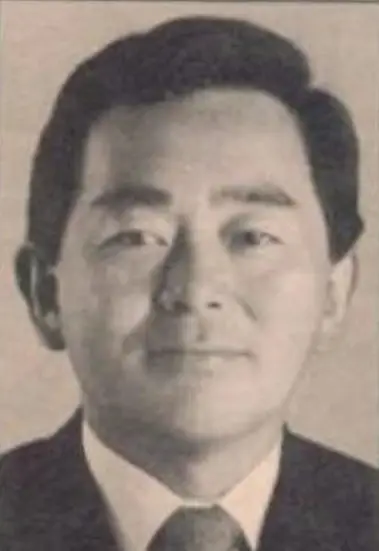
At the helm of one team was Tokuro Fujiwara, who had previously created Pooyan for Konami.
Capcom needed another team leader for it’s second team, and found it in Yoshiki Okamoto.
Yoshiki Okamoto
Okamoto wasn’t fond of video games in college, but joined Konami as a graphic artist as he was finishing school. He had studied how to make character art and posters, which he really enjoyed, but Konami had other plans for him. A few months into his tenure with Konami, Okamoto’s boss requested that he try designing a game himself. The task was to create a driving game.
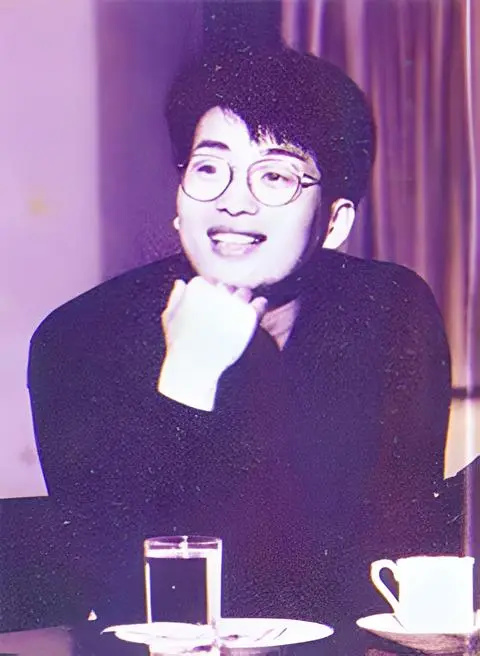
Okamoto was not fond of the idea, and found that he was drawn to shoot ’em up games like Namco’s Bosconian. Not one to pay particular attention to authority, or to much for that matter, as Okamoto had a short attention span and a bluntness that could ruffle the feathers of higher ups, he took it upon himself to make a space game instead.

The team he worked with didn’t want to get caught making a non-driving game, so they created a fake driving game at the same time as the space game. If management came around asking for updates on the game, they would show them the fake game and then, when the room cleared of management, they would go back to creating Okamoto’s vision for a space shoot ’em up game.
The game they created was Time Pilot.

When Time Pilot was complete, Okamoto showed his boss, who quickly realized it wasn’t a driving game.
“The driving game was supposed to be a real life simulation, but when he came, I showed him Time Pilot. I said ‘Why don’t we do a location test?’ He did the location test and [the game] got really good reviews, so he forgave me,”4 Okamoto later recalled.
Okamoto got another chance to make a game, this time a space combat game called Gyruss. The game would go on to be a hit, and as a result, Okamoto asked for a sizeable raise.
I asked for a raise and they said they would give me a really small raise. But I wanted a little more, so I threatened to quit,” said Okamoto. “So the next day, when I came to work, they fired me.”4
And just like that, one of Konami’s best developers was out of a job. But not for long.
Capcom Swoops In
Capcom’s CEO, Kenzo Tsujimoto, hired Okamoto as the 2nd person for their R&D team, and as the lead for their 2nd team of developers.
Having multiple teams meant Capcom could stagger the launches of their games, so while one game was in the thick of development, another could be released, keeping revenues flowing and new games coming to market. Capcom would later add a third team, led by Takashi Nishiyama, who came from Irem.
Fujiwata’s team would launch Capcom’s first game, Vulgus with Okamoto’s team then launching SonSon, a shoot ’em up disguised as a platformer. Each game only took a few months to complete, and by mid-1984, Capcom had a couple games under its belt, but no smash hits. Both teams would go back to the drawing board and start working on their next games.
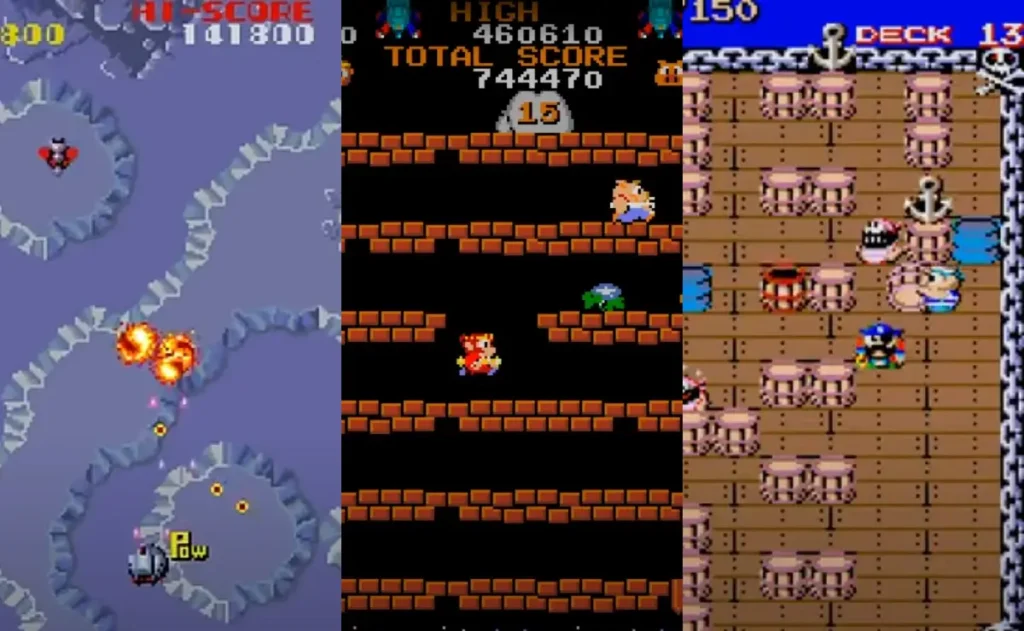
Fun Fact: Capcom’s name came from a concatenation of it’s company’s previous name, Japan Capsule Computers. The new name was used for its arcade game development wing.
Developing 1942
Crash and Burn
Okamoto’s team started work on a new game, which was set in space, much like Gyruss and parts of Time Pilot. The team started development in the summer of 1984, but after a few months of development, the game went through play testing and the results were not good.
The sci-fi setting of the game was now pretty generic in arcades across the world. The game itself was underwhelming and confusing. And even Capcom’s own sales team didn’t want to sell it.
The team came to terms with the game being a dud, and instead of pushing to release it, they scrapped it and decided they needed to start over.
WWII Inspiration
After the space game was scrapped, Capcom CEO, Tsujimoto, took the team to a showing of the movie “Zero” which featured Japan’s signature WWII fighter plane, the Zero. Watching the planes on screen gave Okamoto the spark he needed. Okamoto and the team had a new vision for what to create. They wanted a shoot ’em up set during WWII.
But Capcom was a Japanese company. And a huge market for arcade games was North America. That market would never buy games with Japanese Zeroes shooting down American planes.
So the team made what seems like a crazy decision. They would have the player control an American P-38, and the goal of the game was to battle through waves of Japanese fighters to reach Tokyo.

“Starting with 1942, we began to take the Western market into account when developing our games. That is also why the player ship is an American P-38 – we had our eyes on the American market,”3 Okamoto would later say.
It helped that Okamoto was already a fan of American military culture and entertainment, which was booming in the 80’s, and leaned into it with the title.
Okamoto also wanted something that was accessible, easy to pick up and play, but difficult to master. The game would be a vertical shoot ’em up, giving players control over their P-38 flying over the ocean and then different locales as the game progressed. The idea was to have every 4 levels focus on actual battles from the WWII Pacific Campaign, such as the Battle of Midway and the Battle of Okinawa.
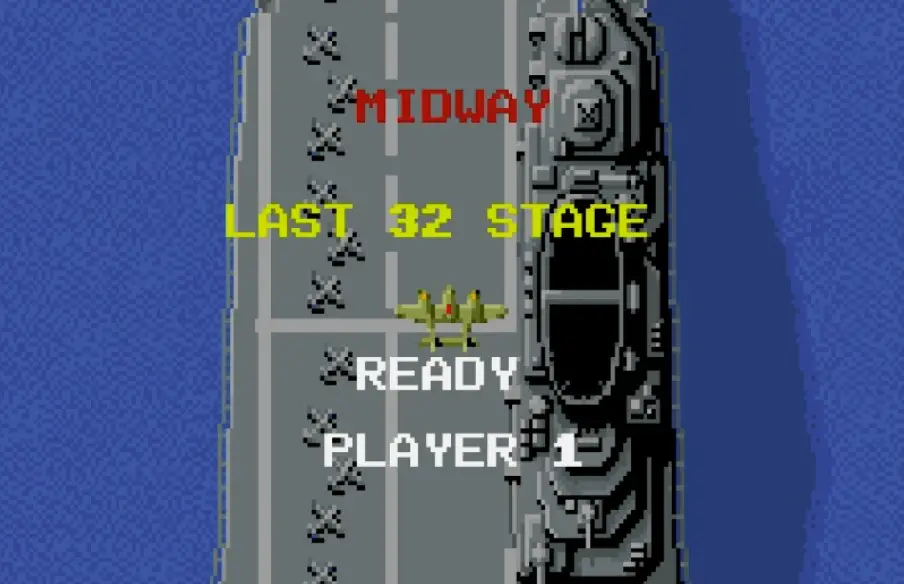
Adding to the realism of the game, the team made the enemy planes in the game look like actual Japanese fighters and bombers from WWII, including Zeroes and the Nakajima G10N Fugaku as the model for bosses.5
Fun Fact: The boss bombers in 1942 are named Mother Bomber Ayako, after the game’s sound designer Ayako Mori, who also did sound design for Okamoto’s previous game, SonSon.

1942‘s Power-Ups and Weapons
The player had a shoot button and a special button that would make the plane do a loop, rendering it temporarily invincible. These special loops were limited though.

Shooting could be upgraded by collecting special “Pow” power-ups that would give the player different upgrades depending on the color of the power-up. Some would increase the shot of the P-38 from two-wide bullets to 4-wide, while others would give the player two wingmen – a nod to Namco’s Galaga’s double ship bonus.
The waves of enemies would start slow to give the player a feel for how the controls worked, but would pick up quickly, throwing a barrage of planes and bullets at the player from all directions. Enemy planes would all have signature things they did, with some flying in formations, others flying ahead of the player and firing backwards, and special planes flying from the side in formation which, when all of them were shot down, would drop a power-up.

1942 Development Timing
Development of 1942 took just over 2 months, which is incredible to think about now, living in a world where games take years to make. But Okamoto and Capcom needed games, and they needed them quickly to stay afloat. This was especially important because Okamoto’s previous game had been scrapped and they needed to make up for lost time.
Luckily, learning from the mistakes of the scrapped space battle game, and finding a new muse in using WWII’s Pacific Campaign as the backdrop, would pay off.
1942 would hit Japanese arcades on November 30, 1984. The reaction to the game was almost immediate.
Reactions to 1942
How would Japanese players respond to a game where their country was the bad guy, and the goal was to destroy one of their largest cities?
Well, they responded very favorably to it.
Within a month of launching, 1942 became the fourth most-popular arcade game in Japan.6 When the game came to the US six months later, it would become one of the 5 highest grossing arcade conversion kits.7 In the UK, it was even more popular, becoming the top-grossing arcade game for 5 straight months in 1987.8

1942 was Capcom’s breakthrough hit. The game was easy to learn, fun to play, and an incredible challenge in the later levels. It would come home to Famicon/NES in 1985, selling over 1,000,000 copies worldwide4. The game would spawn a sequel, 1943, a couple years later, and then many more after that.
The success of 1942 made Capcom a formidable player in game development, knocking on the door of Konami’s success. But for Okamoto and his team, the game was just the beginning of a legacy.
Okamoto had quite a bit more fight in him. And in later years, the man first known for shoot ’em ups became known as the godfather of another genre. He would go on to lead the development of two more groundbreaking games: Final Fight, and Street Fighter II.
References:
- The History of 1942: The First Big Hit
- Yoshiki Okamoto Wikipedia page
- Capcom and CPS-1 – Developer Interviews
- The Ultimate History of Video Games, Steven L. Kent, 2001
- Capcom’s 1940 Series Wikia
- Game Machine (in Japanese). No. 251
- Coin Machine: AMOA Announces Awards Nominations, Cash Box, August 23, 1986






